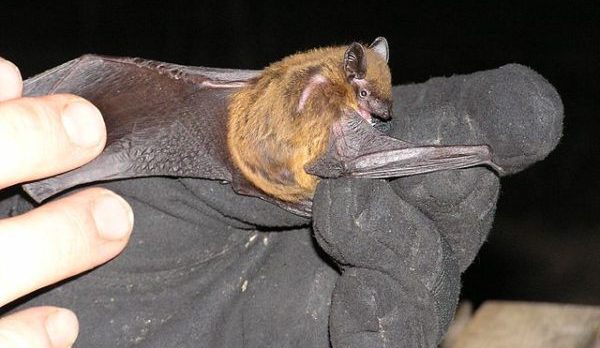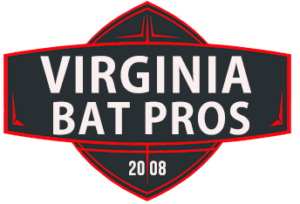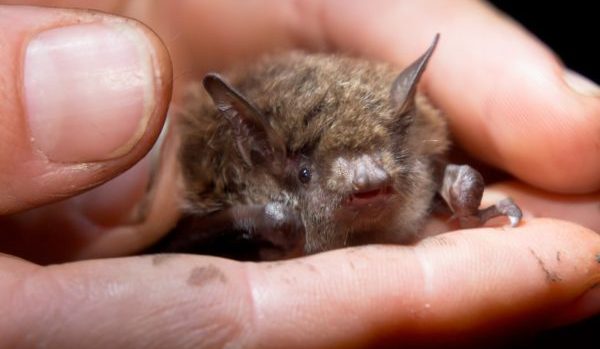Nuisance bats can be a big problem for property owners. They can cause a wide range of structural damages, and can even pose several health risks to people and pets. Fortunately, there are qualified wildlife rescue and control companies that specialize in safe and humane bat removal. They will extract nuisance bats, non-lethally of course, and then bat-proof your property to prevent future infestations. They may even be able to perform cleanup and restoration services for the leftover bat damages, including excrement removal, decontamination, and minor structural repairs (i.e. attic insulation, drywall, floorboards, odor management, etc.).
But once a wildlife control company removes bats, what do they do with them? Continue reading to learn more about the industry practices for bat rehabilitation and relocation.

Virginia Bat Removal and Control 804-729-9097
Where Do Bats Go?
When a licensed and insured wildlife removal and control company arrives to remove a bat, they come fully equipped with everything they need to keep the bat safe and comfortable. They carry a bat rescue kit that contains items like a small escape-proof cage lined with bedding, 1cc syringes loaded with a sodium lactate solution (Ringer’s®) to keep the bat hydrated, meal worms for juvenile or adult bats, leather gloves, an extendable pole, and cloths for wrapping the bat up to be carried to its cage.
Once the wildlife control operator has the bat safely in its transport cage, they transfer it to a wildlife rehabilitation laboratory to be screened for CNS rabies symptoms. Once the bat has been cleared of Rabies, it is time to relocate it to a safe and faraway habitat where it can live out the remainder of its life, peacefully and protected.
DIY Bat Removal is Not an Option
Those with a nuisance wild animal control permit are the only individuals authorized to extract, transport, and relocate bats. They operate their business within accepted industry standards and best practices, and in accordance with local, state, and federal laws that govern wildlife. Here are some laws you should know about before you attempt to deal with nuisance bats on your own:
In Virginia it is illegal to:
1) Transport, release, or relocate a bat anywhere other than the property it was caught on. (4VAC15-30-50)
2) Poison any animal (including bat) other than rats and mice on your property. (4VAC15-40-50)
According to the Endangered Species Act, it is a Federal offense to “harass, harm, pursue, hunt, shoot, wound, kill, trap, capture, or collect, or to attempt to engage in any such conduct” any endangered or threatened species.”
Furthermore…
Out of the 16 common species of bat in Virginia, there are 3 species that are Federally-endangered and protected under the Endangered Species Act. These species include the Gray bat (Myotis grisescens), Indiana bat (Myotis Soladis), and Virginia Big-Eared bat (Corynorhinus townsendii virginianus).
If you find a bat in the house with multiple occupants (especially children), the Virginia Department of Health strongly encourages to have the bat tested for Rabies. But do not panic; less than ½ of 1% of all bats carry the Rabies virus.
Virginia Bat Removal and Control

Virginia Bat Removal and Control 804-729-9097

